All 1,700 TOW-2B missiles that the government has procured from the US would be delivered by the end of this year, Minister of National Defense Wellington Koo (顧立雄) said yesterday.
Koo was briefing lawmakers at a meeting of the legislature’s Foreign Affairs and National Defense Committee about progress that had been made regarding arms procurements from the US to enhance the nation’s sea and air combat capabilities.
Democratic Progressive Party (DPP) Legislator Wang Ting-yu (王定宇) asked Koo when Washington would begin delivery of an arms package of 1,700 TOW-2B missiles and 100 launch systems that was scheduled to begin in 2022 and for which the government budgeted about NT$11.8 billion (US$364.37 million).
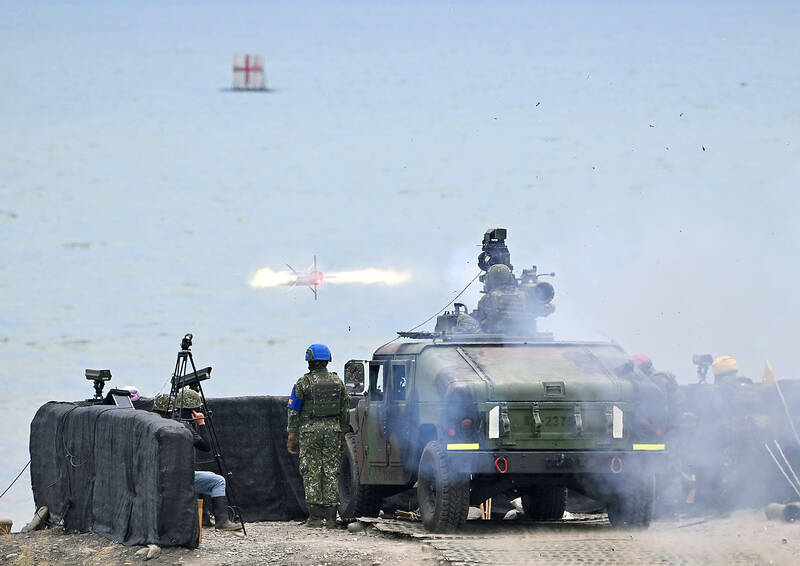
Photo: Lo Pei-de, Taipei Times
So far, none of the weapons systems listed in the package has arrived, Wang said.
Koo said that the TOW-2B missile package is one of three main weapons deliveries from the US that have been delayed.
“The delivery of the missiles was delayed, because they did not pass an evaluation by the US Army. The missiles passed the evaluation after being remade. All TOW-2B missiles the government has purchased are to be delivered in the fourth quarter,” Koo said.
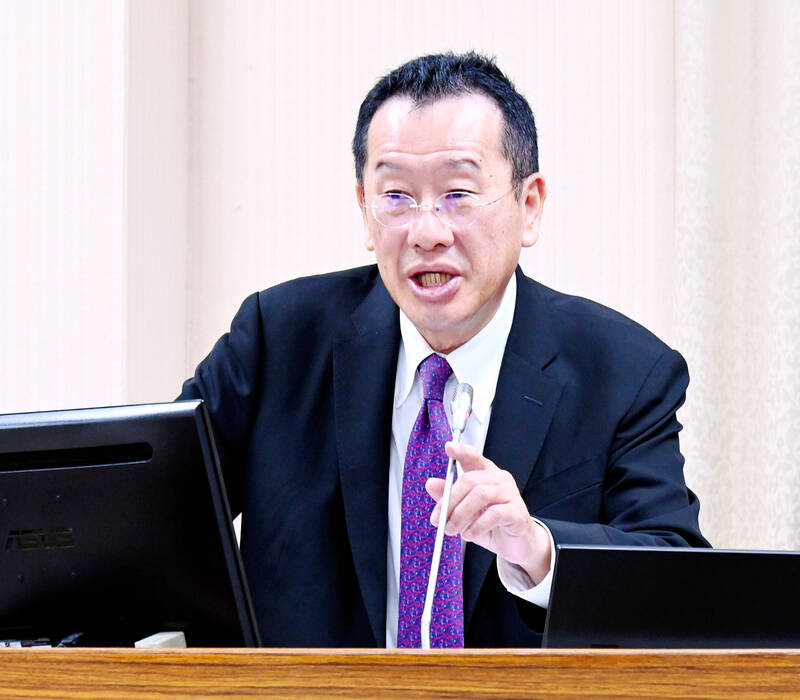
Photo: Chu Pei-hsiung, Taipei Times
Wang asked if “all of the TOW-2B missiles” could actually be delivered, to which Koo replied: “Yes.”
Regarding the delayed delivery of 66 F-16V jets, Koo said that two prototype jets are to be delivered in the fourth quarter for testing.
The government has asked that the fighter jets be delivered by the end of 2026, he said.
The redesigned TOW-2B missiles can be used to attack tanks and bunkers, and destroy landing ships, which would greatly bolster Taiwan’s defense capabilities, defense officials said.
Meanwhile, Koo said that the ministry would establish an advanced defense technology task force that would be in charge of combining key technologies from Taiwan and abroad to accelerate the pace of building combat capabilities for asymmetric warfare.
Koo earlier this month said that the task forse, which is similar to the US Defense Innovation Unit, would be part of the ministry’s Department of Integrated Assessment.
He said that he would oversee the operations of the task force, which would ensure that resources and research and development by the Chungshan Institute of Science and Technology and private defense contractors are integrated more efficiently.
However, Koo also said the task force could not operate like the US’ Defense Advanced Research Projects Agency, which has sufficient funding to finance studies in any new discipline.

LIMITS: While China increases military pressure on Taiwan and expands its use of cognitive warfare, it is unwilling to target tech supply chains, the report said US and Taiwan military officials have warned that the Chinese People’s Liberation Army (PLA) could implement a blockade within “a matter of hours” and need only “minimal conversion time” prior to an attack on Taiwan, a report released on Tuesday by the US Senate’s China Economic and Security Review Commission said. “While there is no indication that China is planning an imminent attack, the United States and its allies and partners can no longer assume that a Taiwan contingency is a distant possibility for which they would have ample time to prepare,” it said. The commission made the comments in its annual
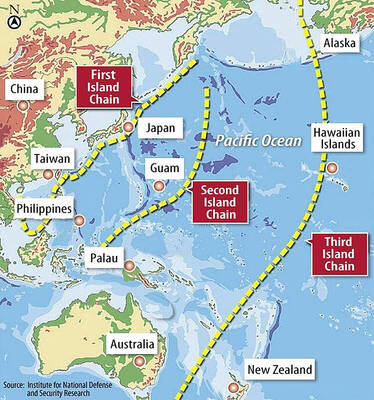
DETERMINATION: Beijing’s actions toward Tokyo have drawn international attention, but would likely bolster regional coordination and defense networks, the report said Japanese Prime Minister Sanae Takaichi’s administration is likely to prioritize security reforms and deterrence in the face of recent “hybrid” threats from China, the National Security Bureau (NSB) said. The bureau made the assessment in a written report to the Legislative Yuan ahead of an oral report and questions-and-answers session at the legislature’s Foreign Affairs and National Defense Committee tomorrow. The key points of Japan’s security reforms would be to reinforce security cooperation with the US, including enhancing defense deployment in the first island chain, pushing forward the integrated command and operations of the Japan Self-Defense Forces and US Forces Japan, as
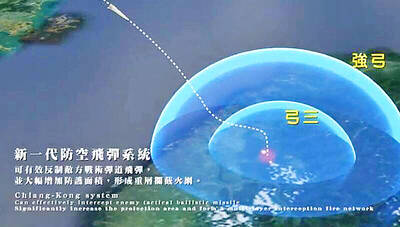
INTERCEPTION: The 30km test ceiling shows that the CSIST is capable of producing missiles that could stop inbound missiles as they re-enter the atmosphere Recent missile tests by the Chungshan Institute of Science and Technology (CSIST) show that Taiwan’s missiles are capable of intercepting ballistic missiles as they re-enter the atmosphere and pose a significant deterrent to Chinese missile threats, former Hsiung Feng III missile development project chief engineer Chang Cheng (張誠) said yesterday. The military-affiliated institute has been conducting missile tests, believed to be related to Project Chiang Kung (強弓) at Pingtung County’s Jiupeng Military Base, with many tests deviating from past practices of setting restriction zones at “unlimited” and instead clearly stating a 30.48km range, Chang said. “Unlimited” restrictions zones for missile tests is
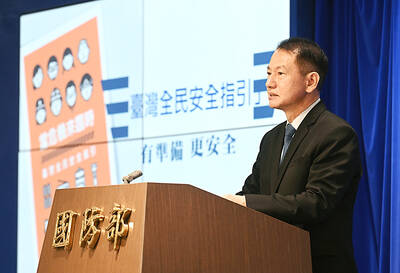
PUBLIC SAFETY: The nationwide distribution campaign aims to enhance society’s overall understanding of threats and bolster defense awareness, an official said The latest edition of the National Public Safety Guide is being mailed to all citizens starting today to foster public awareness of self-defense in the event of war or natural disasters, the Ministry of National Defense said yesterday. “The guides will be disseminated to the public to enhance society’s overall understanding of threats and bolster defense awareness, demonstrating the government’s emphasis on people’s safety and its determination to pursue self-defense,” All-out Defense Mobilization Agency Director Shen Wei-chih (沈威志) said at the ministry’s news conference. The nationwide distribution campaign was planned according to President Lai William’s (賴清德) Sept. 20 directive, he said, adding